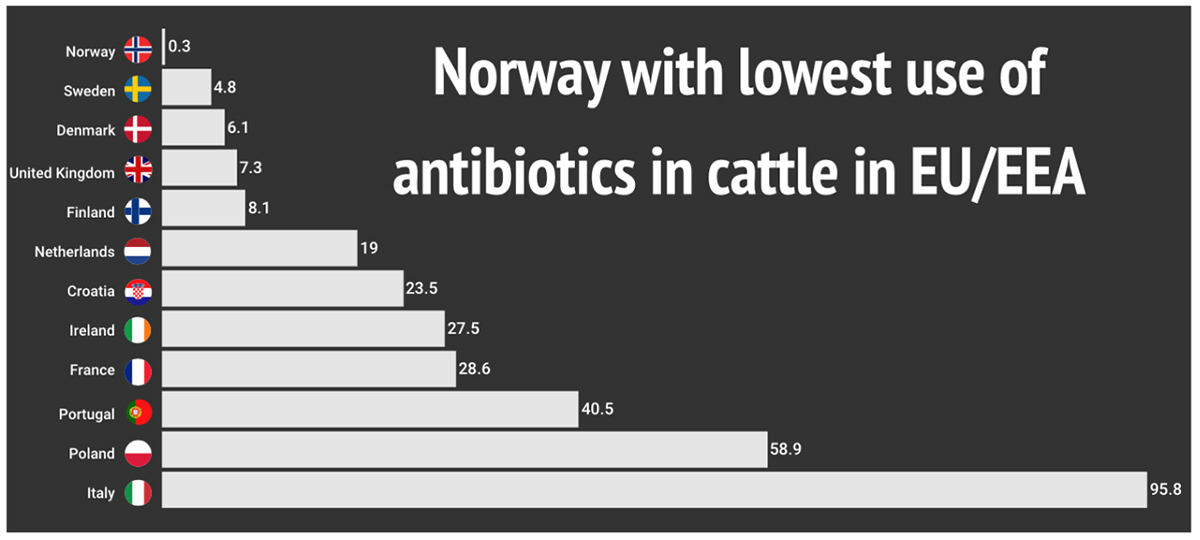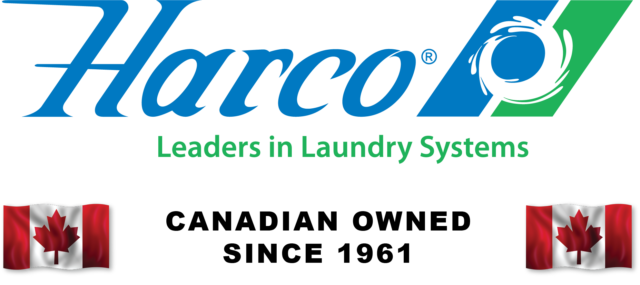Following the announcement by The Norwegian Government on its continuous focus on reducing consumption and consumption patterns of antibiotics for food-producing animals, Norway has once again been praised for taking the lead in EU/EEA countries in maintaining low use of antibiotics for their food-producing animals. The Norwegian Government official site Regjeringen.no recently updated the public information with a new report from the European Surveillance of Veterinary Antimicrobial Consumption (ESVAC) confirming Norway’s position in maintaining low use of antibiotics compared to the other 31 countries within the EU/EEA.
“We are delighted to share our commitment with the Norwegian Government in ensuring food safety and healthy farm animal breeding process. This is very much in line with Geno’s mission and vision to breed for better lives, emphasizing animal health, including reducing antibiotics use. Our journey towards this mission began in 1935 when the Norwegian farmers have already focused on the importance of animal health and healthy farming to produce healthier food for humans. Since then, the Norwegian Red breed has obtained excellent production performance combined with the world's best performance in health and reproduction traits. This translates into high profitability and sustainable business for dairy farmers.” says Kristin Malonæs, the CEO of Geno SA.

Chart: Sales of veterinary antimicrobial agents in 31 European countries in 2018 by the European Medicines Agency. The numbers are calculated this way: Cattle (from table 6, p. 33) divided by total biomass (table 6, p. 33) multiplied by mg/PCU (table A2, p. 66)
The ESVAC report also shows large differences between EU / EEA countries regarding consumption and consumption patterns of antibiotics for food-producing animals in the 31 countries. Some of the differences can partly be explained by differences in bacterial diseases, animal populations' composition, and the countries' production systems. Specifically, within the Nordic countries, Norway has maintained its position as the leader in animal health and fertility.
"In 1978, TINE (the Norwegian dairy cooperative) and Geno initiated the use of individual health charts for the recording of veterinary treatment in cattle. The longstanding operation of the health recording system has enabled well-documented statistics over the use of antibiotics in Norwegian cattle. In compliance with EU demands for monitoring antibiotic consumption and antimicrobial resistance, the Norwegian Government implemented an action plan, NORM-VET, in 2000. Accordingly, recordings show a 17 % reduction in the use of antibiotics in production animals from 2013 to 2018", explains Halldor Felde Berg, Geno's senior veterinarian.
Geno and its team of veterinarians have been working closely with dairy farmers, especially in Norway, to promote animal health by consistently communicating the importance of reducing antibiotics consumption in their farms. "The goal of reducing the use of antibiotics in agriculture has led to a change in treatment strategies, optimized routines for preventive veterinary medicine, and a long-lasting emphasis on health in the national breeding program for Norwegian Red, the predominant cattle breed in Norway,” Berg added.
Distribution of veterinary medicines in Norway
In Norway, all VMPs (Veterinary Medicinal Product) prescription-only medicines are generally dispensed through pharmacies and supplied by drug wholesalers. The exception is medicated feed, which is dispensed by feed mills to fish farmers. In Norway, only veterinarians are authorized to administer VMPs to animals, with strict processes and regulations in place. Feed for medicinal purposes is used restrictively in some instances for fish and poultry, which is due to the negative effect of using antibiotics. However, group/flock treatment of livestock with antimicrobial agents is possible, again subject to veterinary prescription. The legal basis for monitoring sales by the wholesalers and feed mills in Norway is mandated to keep track and provide sales statistics for both human and veterinary medicinal products and medicated feed to the Norwegian Institute of Public Health (NIPH). (source: ESVAC).









